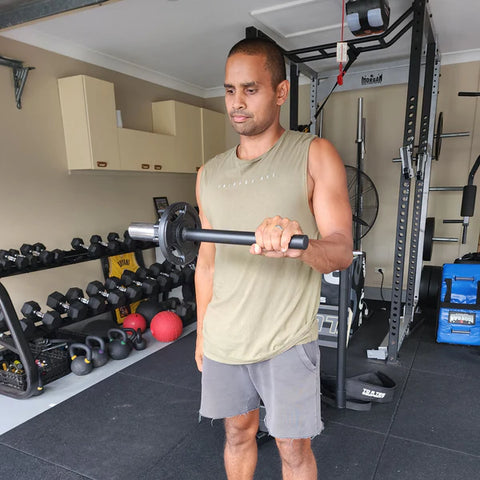Slant blocks are a versatile and useful piece of equipment for mobility and strength training. Here are some of the potential uses for slant blocks:
-
Stretching and Mobility Exercises
Slant blocks can be used to perform a wide range of stretching and mobility exercises. You can stretch your muscles and joints further on the elevation of the blocks than you could on a flat surface. This expanded range of motion may be helpful for enhancing athletic performance, increasing flexibility and mobility, and lowering the risk of injury. Calf stretches, hip flexor stretches, and hamstring stretches are a few exercises that may be done with slant blocks.
-
Balance and Stability Training
Slant blocks can also be used for balance and stability training. The incline of the blocks creates an unstable surface, forcing you to engage your core and leg muscles to maintain your balance. This can help improve your overall stability, coordination, and proprioception, which can be useful for various activities such as sports, dancing, and even everyday movements. Some examples of exercises that can be performed using slant blocks for balance and stability training include single-leg stands, squats, and lunges.
- Lower Body Strength Training
Slant blocks can be utilised to strengthen the lower body. Your quads, hamstrings, and glutes have to work more than they would on a flat surface because of the elevation of the blocks. Your general health and athletic performance may benefit from you gaining more strength and muscular mass in your lower body. Step-ups, Bulgarian split squats, and calf raises are a few examples of exercises for lower body strength training that can be done with slant blocks.
In conclusion, slant blocks are a versatile and useful piece of equipment for mobility and strength training. Whether you're looking to improve your flexibility, balance, or lower body strength, incorporating slant blocks into your workouts can help you achieve your fitness goals more effectively
